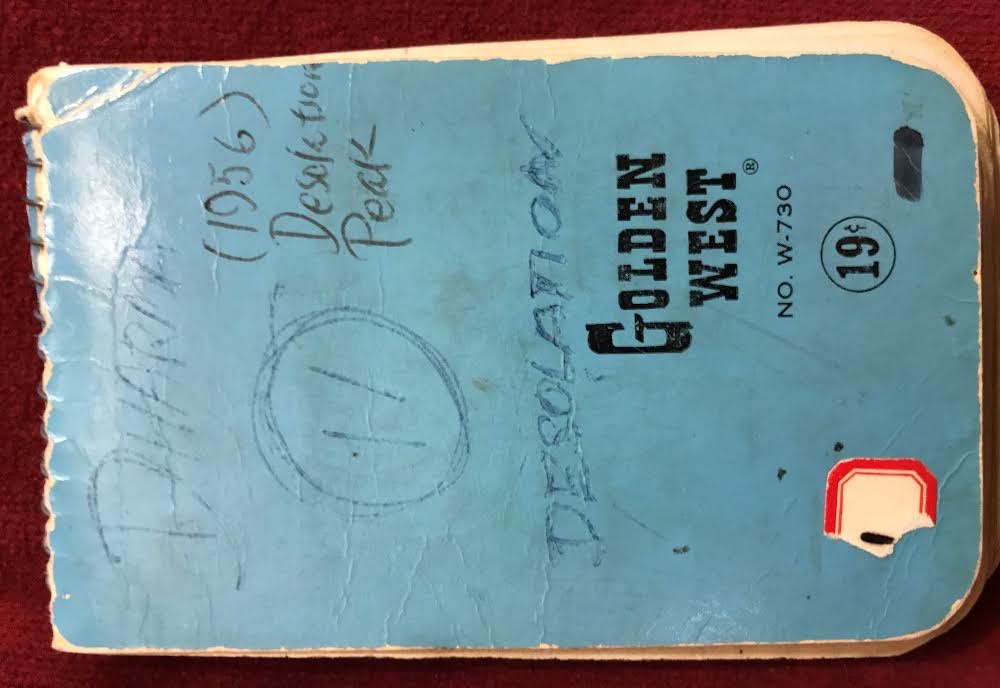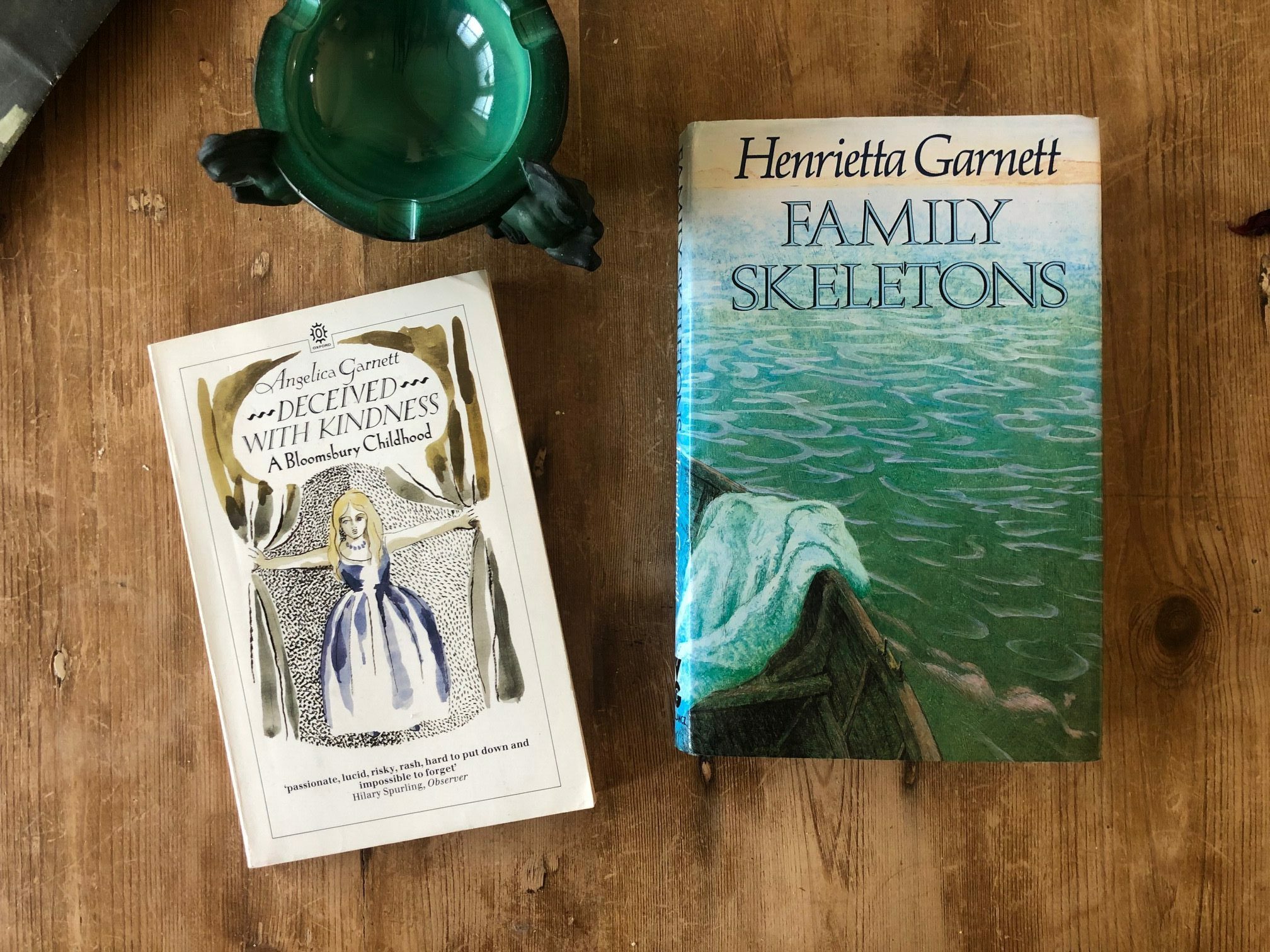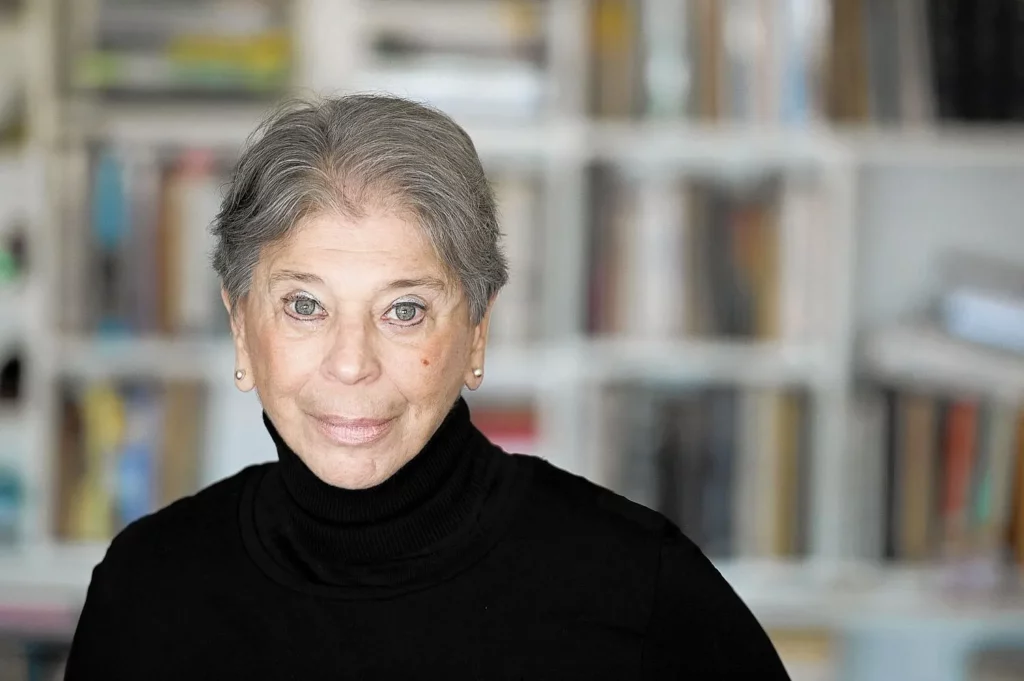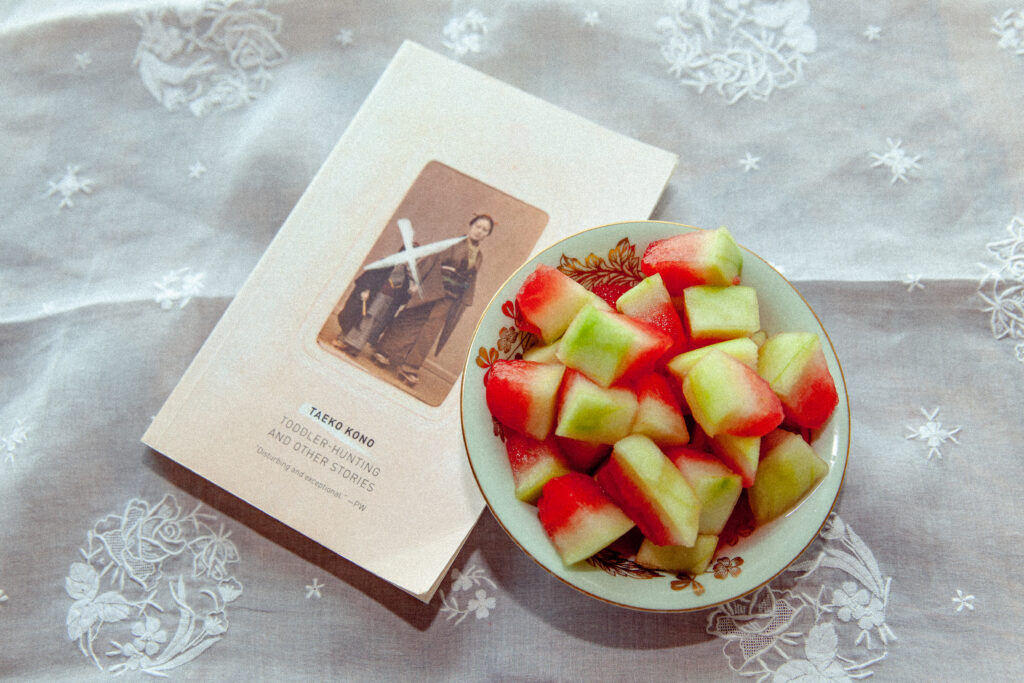Jack Kerouac’s notebook. Image courtesy of the Jack Kerouac Estate and Charles Shuttleworth.
Read any biography of Jack Kerouac and here’s essentially what you’ll learn: that in the summer of 1956 he spent two months in a mountaintop shack as a fire lookout for the US Forest Service in the North Cascades in Washington State, and nothing much happened. Mostly he was bored.
Jack’s experience on Desolation Peak marked the climax of his involvement with Buddhism and of a decade of restless travel; it’s the high point of his journeying and spiritual seeking. A voracious reader, he nevertheless chose to go up the mountain without any books, only his personally typed copy of the Diamond Sutra, which he planned to read every day and transcribe yet again, this time in language more accessible to American readers, in order to achieve the enlightenment that he was certain would result. The extent of his solitude, thus, was acute. There were no radio stations from the outside world to tune into. No electricity. No running water. And most radically for Jack, two months without alcohol. It was his last, best chance to change the trajectory of his life, to avoid the alcoholic downfall that accelerated a year later with the instant celebrity from On the Road’s publication and that would ultimately kill him at age forty-seven.
The following excerpts six pages from the one-hundred-and-eighty-page diary Kerouac kept during that time.
Copyright
© The Paris Review



















